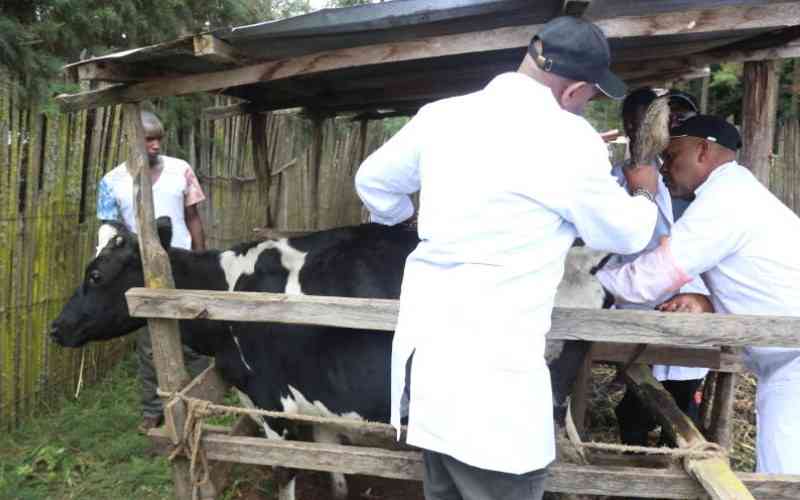×
The Standard e-Paper
Kenya's Bold Newspaper

A while ago, FarmKenya Initiative organised a Dairy Expo in Meru where farmers had an opportunity to learn more about dairy farming. Majority of the farmers complained that their cows had been served severally without conceiving.
This condition is called repeat breeding. A repeat breeder is a cow that is cycling normally, but has failed to conceive after at least two successive inseminations.